class: inverse, middle # Large-scale interactives for <br />large-enrolment courses ## Anna Fergusson <br />University of Auckland <i class="fa fa-twitter fa-2x"></i> @annafergussonnz --- background-image: url(opportunities.png) background-size: cover -- .highlight-box[ ## Reasons why it's awesome to teach large lectures! ] --- class: left, inverse background-image: url(fandp.jpg) background-size: cover .footnote[ [Photo by Kim Carter](https://www.owasp.org/index.php/OWASP_New_Zealand_Day_2016) ] # Limitations --- class: left, inverse background-image: url(fandp.jpg) background-size: cover .footnote[ [Photo by Kim Carter](https://www.owasp.org/index.php/OWASP_New_Zealand_Day_2016) ] # <s>Limitations</s> Opportunities --- class: center, middle, inverse .shout-out[ #### Go big or go home! ] --- #Things that can work well with large classes<sup>*</sup> .footnote[ <sup>*</sup> See the [GAISE College Report 2016](http://www.amstat.org/asa/files/pdfs/GAISE/GaiseCollege_Full.pdf) ] -- - personal response systems (clickers) -- - web surveys (google forms or similar) -- - student-instructor & student-student interactions -- - phones/laptops (visualisations/applets) -- .highlight-box[ # What happens if you put <br />all these things together? ] --- class: inverse, middle, center .shout-out[ ####TMI<sup>*</sup> ] <sup>*</sup>Too Many Interactives --- class: middle, center ## So I'll focus on <s>some</s> one large-scale interactive<s>s</s> designed to support simulation-based inference --- #Does caffeine have a stimulus effect? <img src="caffeine.PNG" height=300 /> .footnote[ Modified from Watkins, A., Scheaffer, R. & Cobb, R. (2010). *Statistics From Data to Decision*, (2nd ed.). Wiley. ] --- class: middle, center background-image: url(trump.PNG) --- class: inverse, middle, center # Legal phone tapping --- class: center # Flip a "coin" ## heads = group A ## tails = group B --- class: center, middle <iframe width="560" height="315" src="https://www.youtube.com/embed/sDvcuLmcOq8" frameborder="0" allow="autoplay; encrypted-media" allowfullscreen></iframe> --- class: center, middle ## Select whether you are in group A or B and then send your tapp result through --- <iframe src="https://docs.google.com/spreadsheets/d/e/2PACX-1vQnyQFxXJKPECSUETE5w2zsSXDtnffapovB9Ru3XaW0h29fkOrGbZE0URZQNw4A9Ct30ZXfCiSWSexg/pubhtml?gid=748997953&single=true&widget=true&headers=false" width="100%" height="100%" frameborder="0"></iframe> --- .pull-left[ ## Publish a google sheet as a csv file 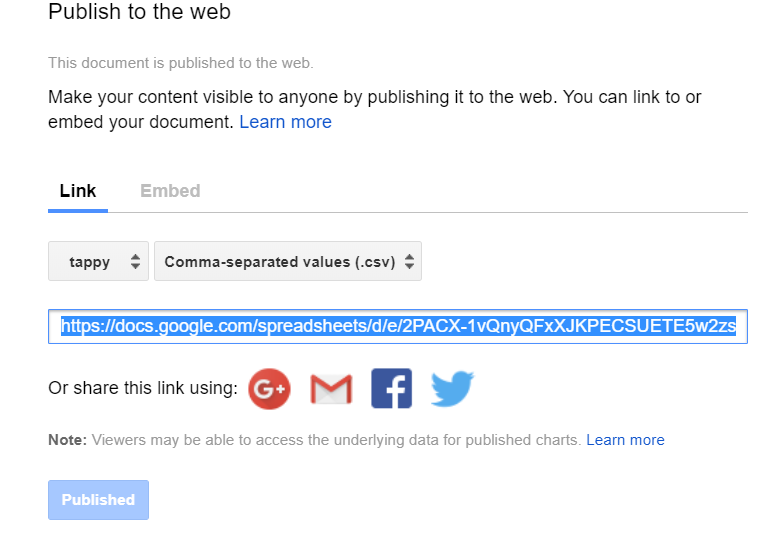 ] .pull-right[ ## Use link within iNZight lite 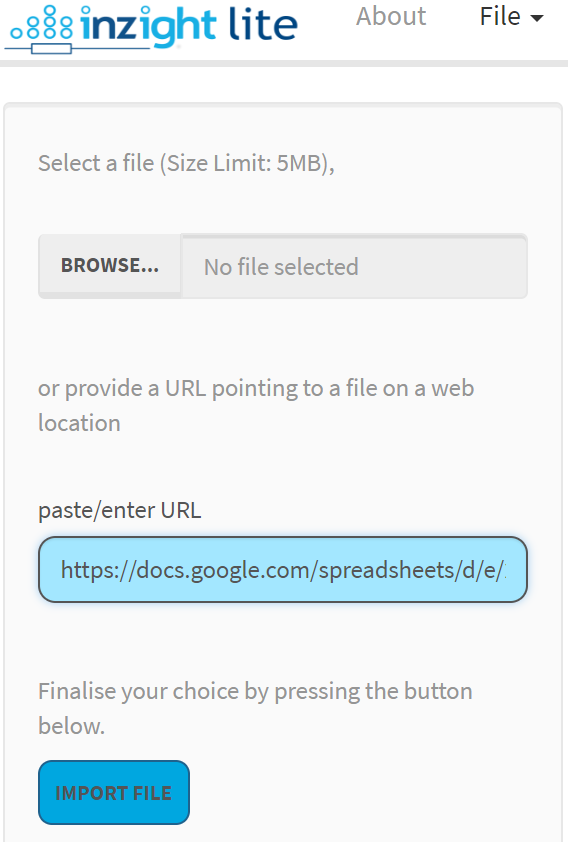 ] --- <iframe style="margin:0 auto; min-width: 100%;" class="interactive" src="https://byoc.docker.stat.auckland.ac.nz?code=https://raw.githubusercontent.com/annafergusson/LSinteractives/master/docs/slides_updated/code1.R" scrolling="no" frameborder="no"> </iframe> --- <iframe style="margin:0 auto; min-width: 100%;" class="interactive" src="https://byoc.docker.stat.auckland.ac.nz?code=https://raw.githubusercontent.com/annafergusson/LSinteractives/master/docs/slides_updated/code2.R" scrolling="no" frameborder="no"> </iframe> --- class: middle, center # Flip a "coin" again ## heads = group A ## tails = group B ## re-select your group and send through your result again --- <iframe style="margin:0 auto; min-width: 100%;" class="interactive" src="https://byoc.docker.stat.auckland.ac.nz?code=https://raw.githubusercontent.com/annafergusson/LSinteractives/master/docs/slides_updated/code3.R" scrolling="no" frameborder="no"> </iframe> --- class: center Example of bigger lineup <img src="lineup.PNG" /> --- class: middle, center, inverse <img src="nullabor.png" width=300 /> ## visual inference using the lineup protocol Hadley Wickham, Niladri Roy Chowdhury and Di Cook (2014). nullabor: Tools for Graphical Inference. R package version 0.3.1. https://CRAN.R-project.org/package=nullabor https://cran.r-project.org/web/packages/nullabor/vignettes/nullabor.html --- class: inverse, center, middle <img src="lineupanimated.gif" /> --- #Does caffeine have a stimulus effect? <img src="caffeine.PNG" height=300 /> .footnote[ Modified from Watkins, A., Scheaffer, R. & Cobb, R. (2010). *Statistics From Data to Decision*, (2nd ed.). Wiley. ] --- class: center, middle <iframe width="560" height="315" src="https://www.youtube.com/embed/qAx9dw7sFn0" frameborder="0" allow="autoplay; encrypted-media" allowfullscreen></iframe> --- class: center <iframe width="560" height="315" src="https://www.youtube.com/embed/rLg9o6usXAk" frameborder="0" allow="autoplay; encrypted-media" allowfullscreen></iframe> .footnote[ See VIT (Visual Inference Tools) https://www.stat.auckland.ac.nz/~wild/VIT/downloads.html VIT is led by Chris Wild. Work on program infrastructure was begun by Garrett Grolemund (who also came up with the name "Visual Inference Tools"). ] --- class: center # VIT + infer<sup>*</sup> = awesome .pull-left[  ] .pull-right[ <img src="infer_gnome.png" width=300 /> ] .footnote[ Andrew Bray, Chester Ismay, Ben Baumer and Mine Cetinkaya-Rundel (2018). infer: Tidy Statistical Inference. R package version 0.2.0. https://CRAN.R-project.org/package=infer http://infer.netlify.com/index.html ] --- # What helps make large-scale interactives successful? -- - use of a link sharing system for quick transitions e.g. slinky app -- - using a modular approach rather than a "one stop shop" e.g. data saved in Google sheet -- - apps that accept public csv links as part of the URL e.g. https://www.stat.auckland.ac.nz/~wild/VITonline/RandomisationVar/RVar.html?file=link_to_csv -- - not hiding too many actions "behind the scenes" -- - collect data on as many "variables" as you can even if you don't need it for the thing you designed the app for -- - back up plans! --- class: middle, center, inverse # How to get started? --- # Use google forms -- .pull-left[ 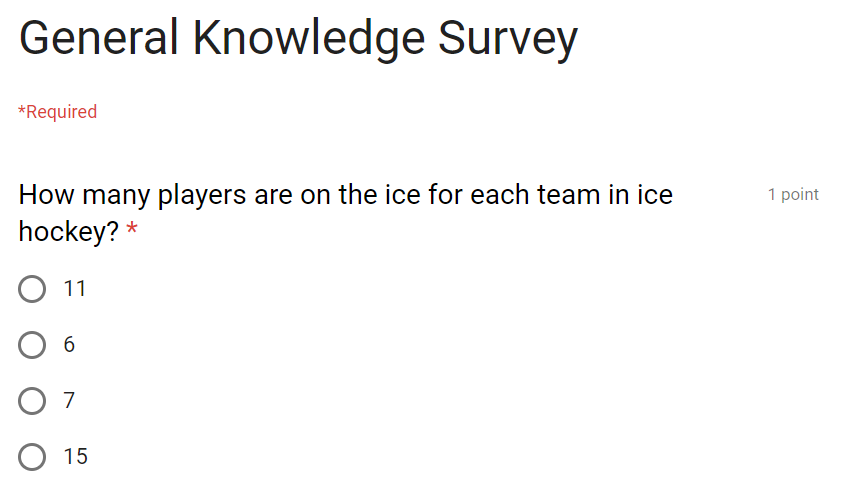 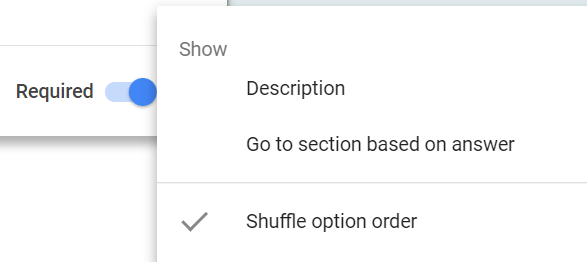 ] -- .pull-right[ 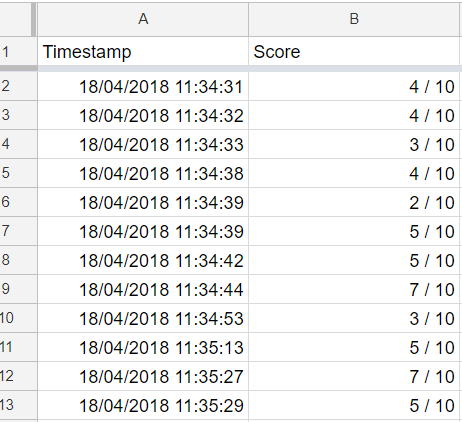 ] --- # Use shiny apps <img src="alohomora.PNG" width="300" /> .footnote[ Image and app: https://jhubiostatistics.shinyapps.io/cast_spells/ For more info about this app, see http://nickstrayer.me/dataDayTexas/ Also check out Nick Strayer's shinysense package: https://github.com/nstrayer/shinysense ] --- # Take something analog and make digital <center> <img src="circles.gif" width="200" /> </center> .footnote[ Interactive adapted from the circle sampling activity from Franklin, C., Kader, G., Mewborn, D., Moreno, J., Peck, R., Perry, M., & Scheaffer, R. (2007). Guidelines for assessment and instruction in statistics education (GAISE) report. Alexandria: American Statistical Association, p. 53 ] --- # Use no tech at all <iframe width="560" height="315" src="https://www.youtube.com/embed/ihoBYUAm6bU" frameborder="0" allow="autoplay; encrypted-media" allowfullscreen></iframe> --- # Emerging framework for large-scale interactives Each interactive involves all of these things in no particular order and often more than once: - predict something - do something - discuss something - answer something (to close the feedback loop) The underlying approach is that the interactives drive the learning conversations, rather than being one-off "events" interdispersed between "lecturing" --- class: left, middle, inverse # Nga mihi <img align = "right" src="elliot.jpg" width=200 /> ## Anna Fergusson <br />University of Auckland <i class="fa fa-envelope fa-2x"></i> a.fergusson@auckland.ac.nz <i class="fa fa-twitter fa-2x"></i> @annafergussonnz Slides available at [bit.ly/LSinteractives](http://bit.ly/LSinteractives) Slides created via the R package [xaringan](https://github.com/yihui/xaringan)